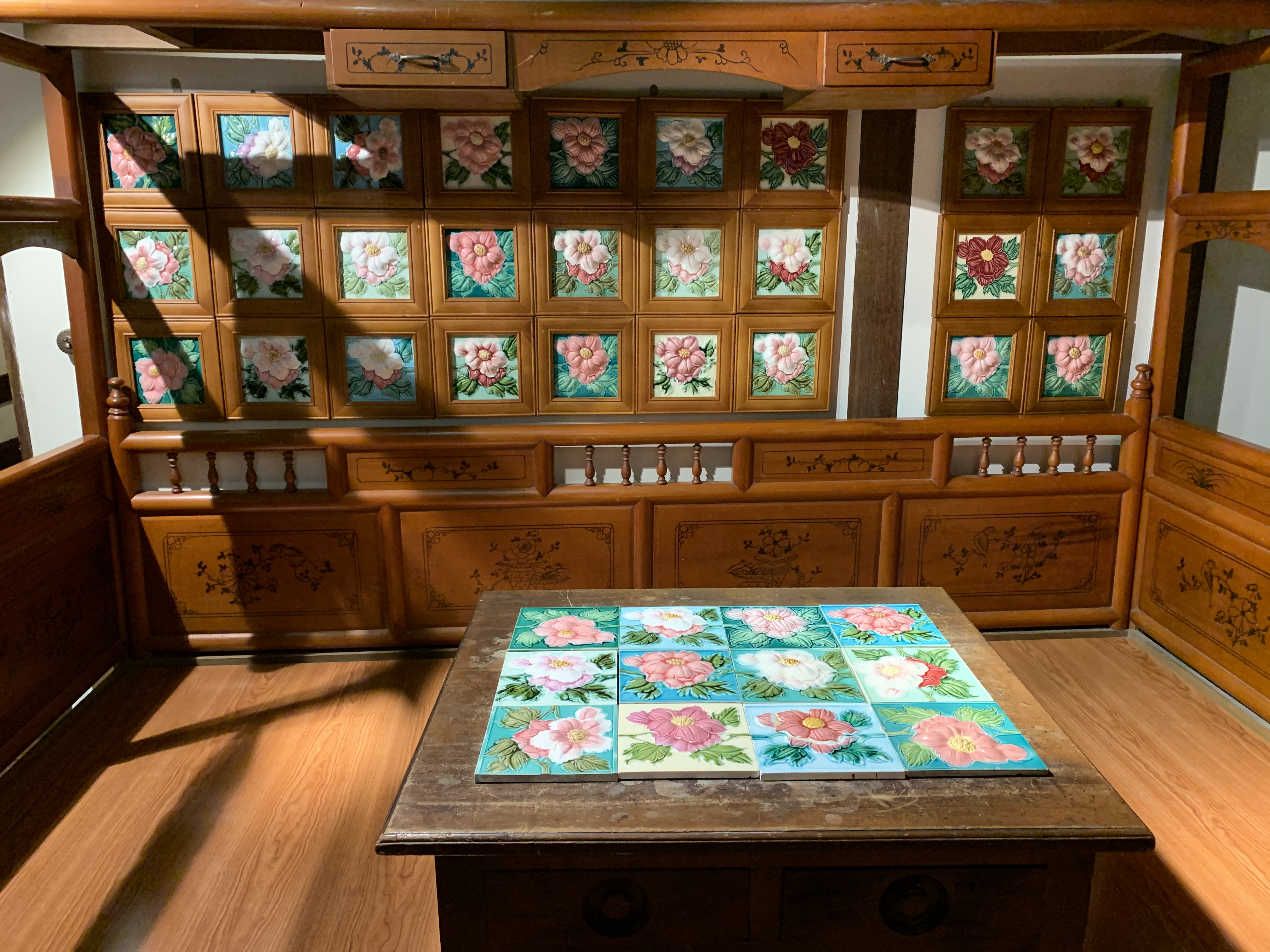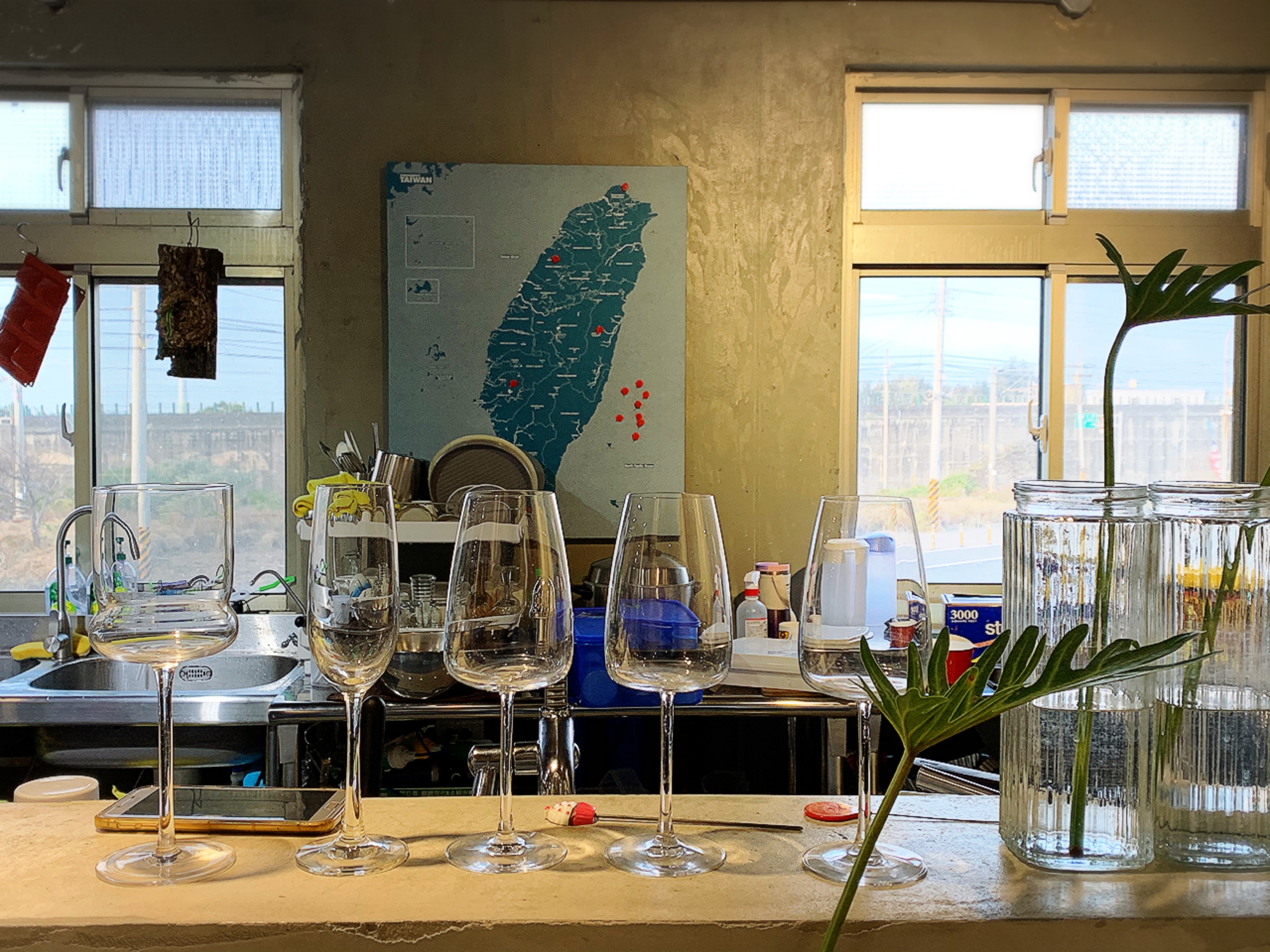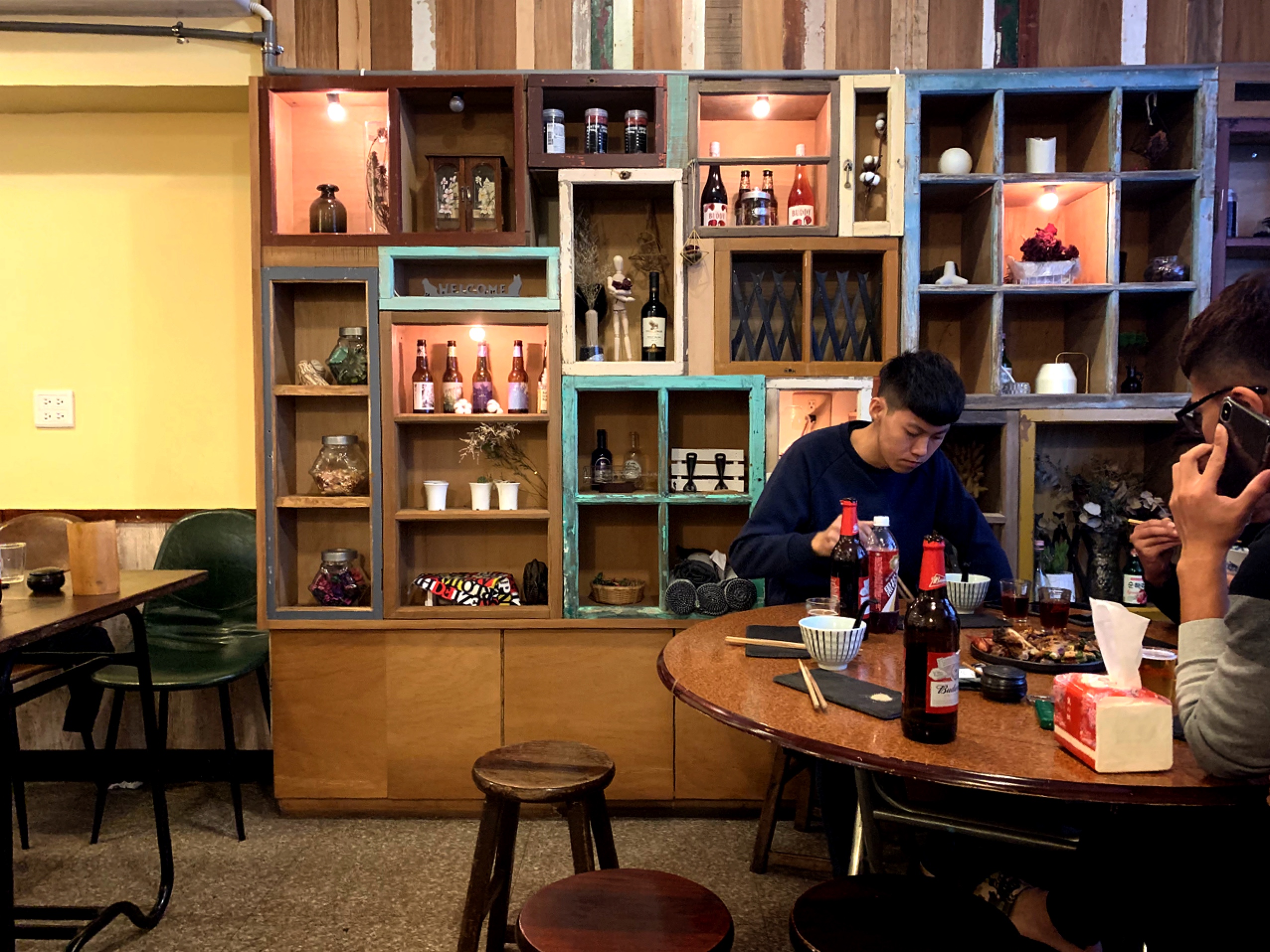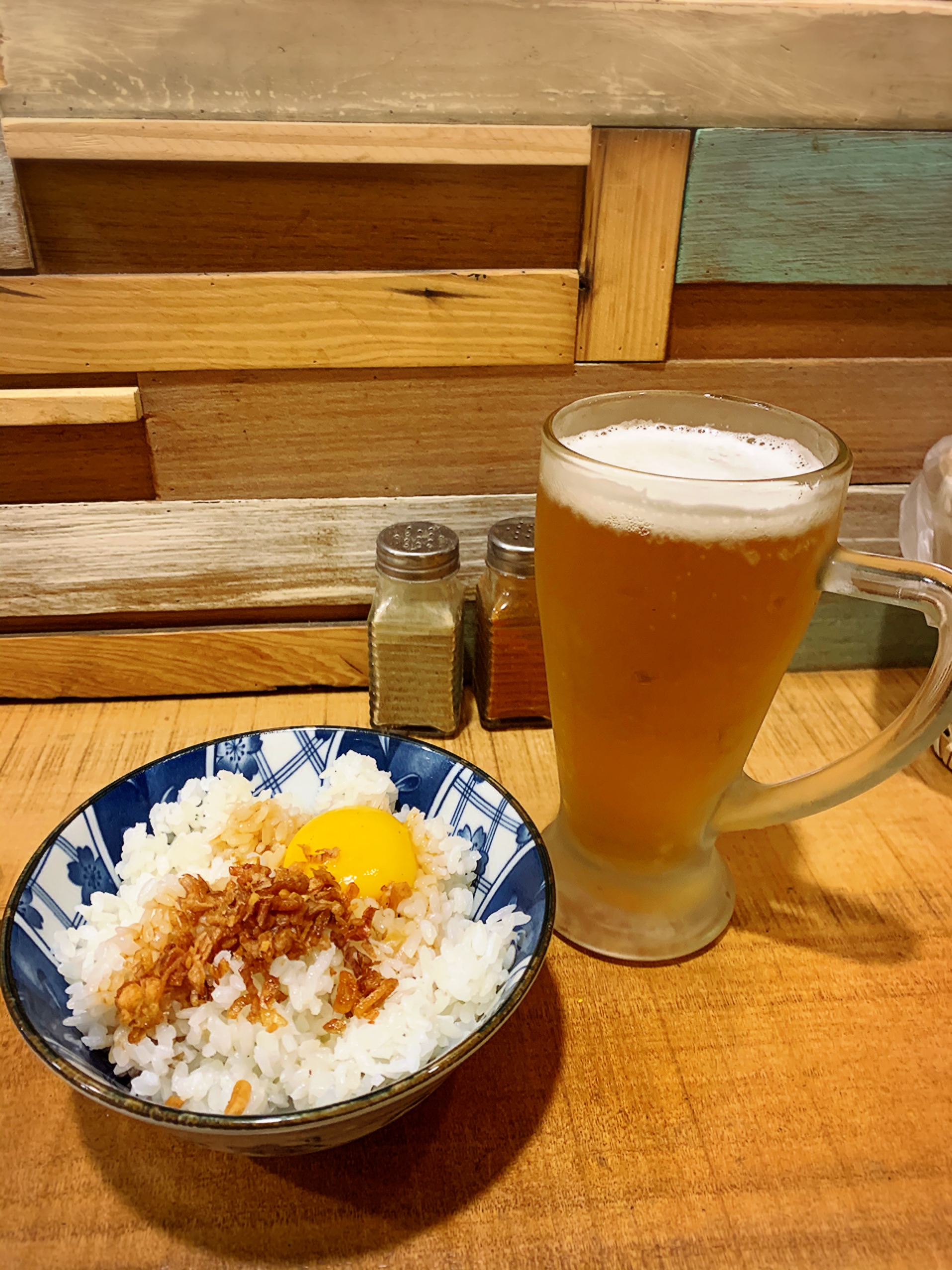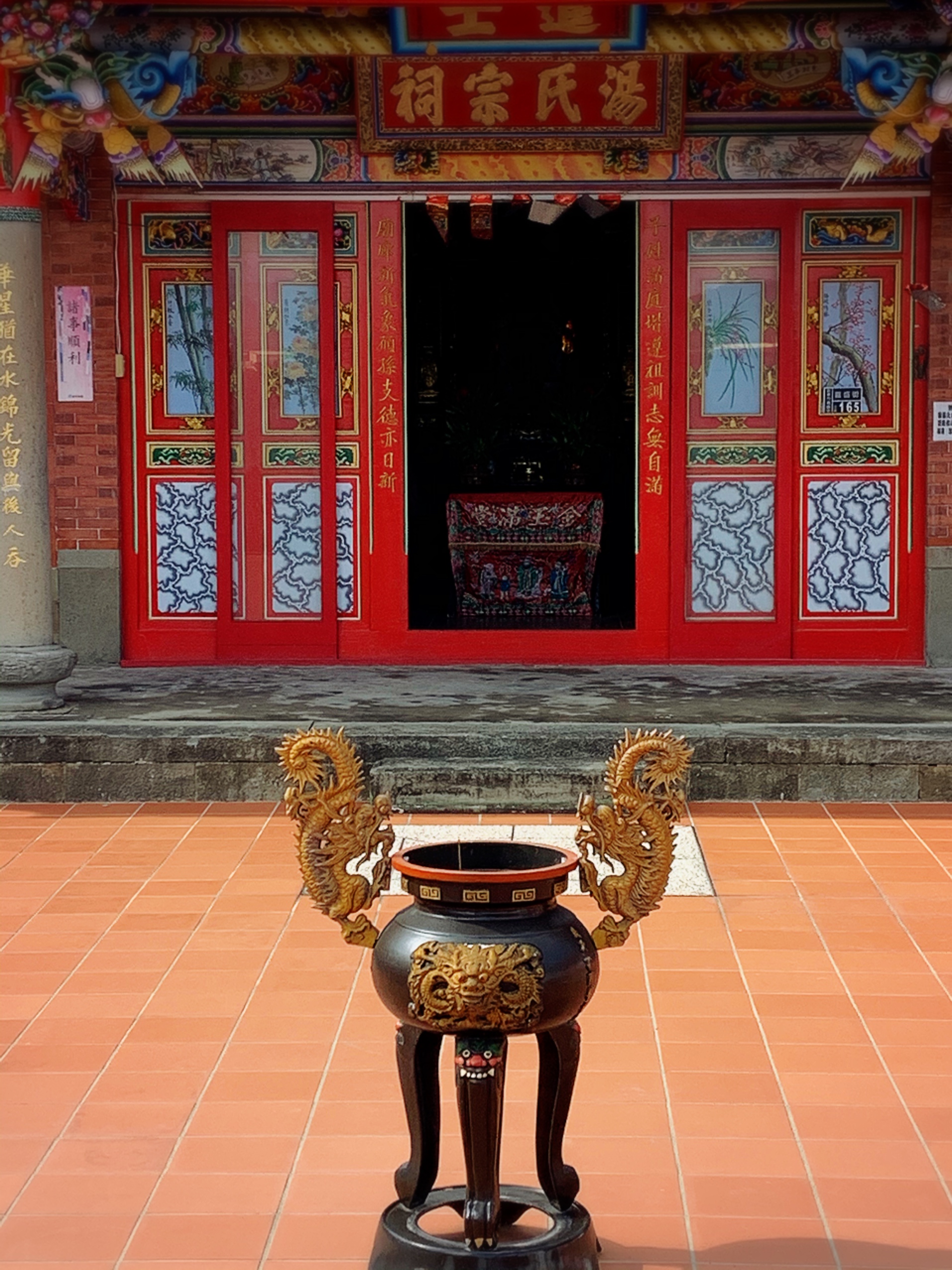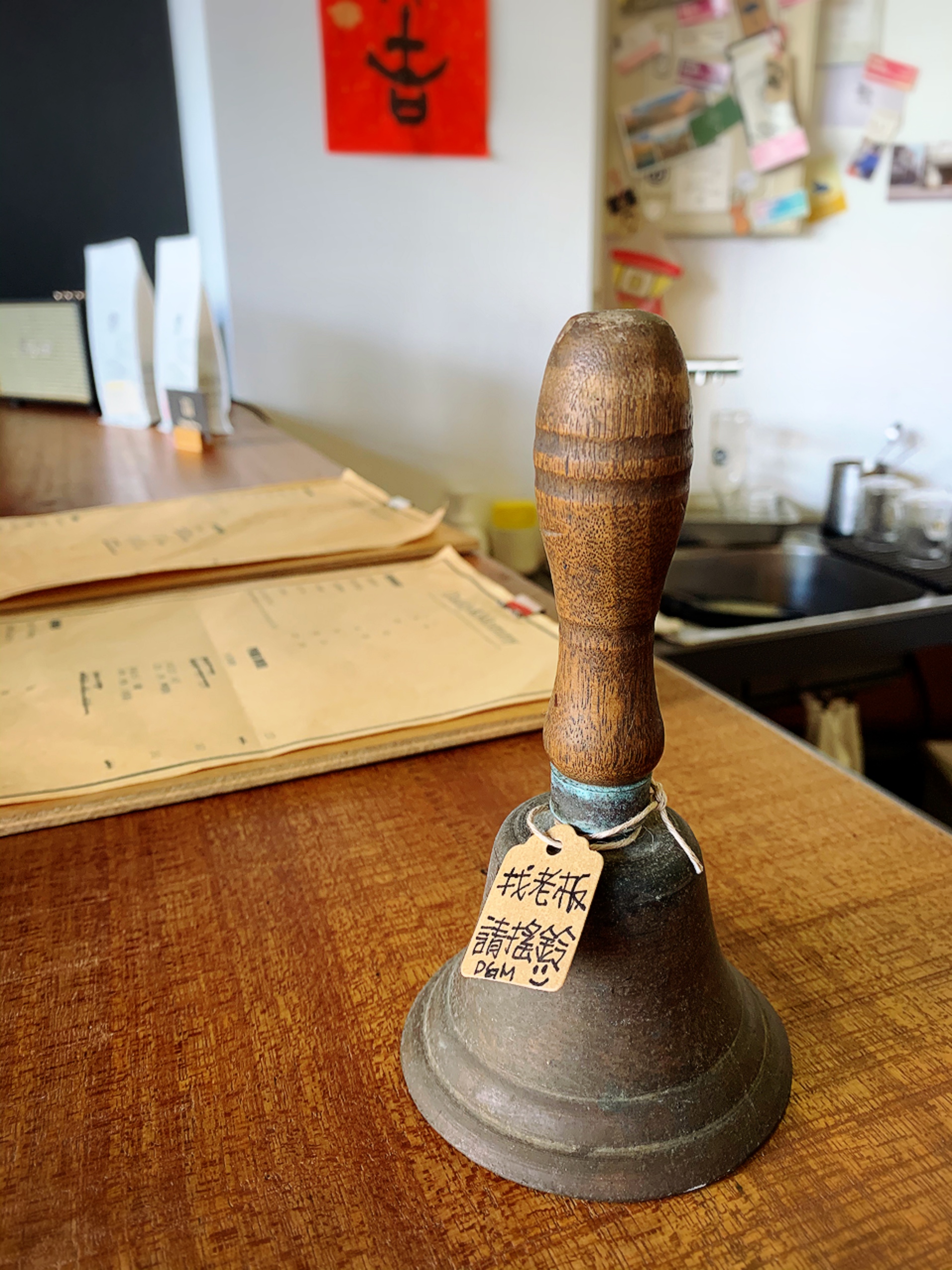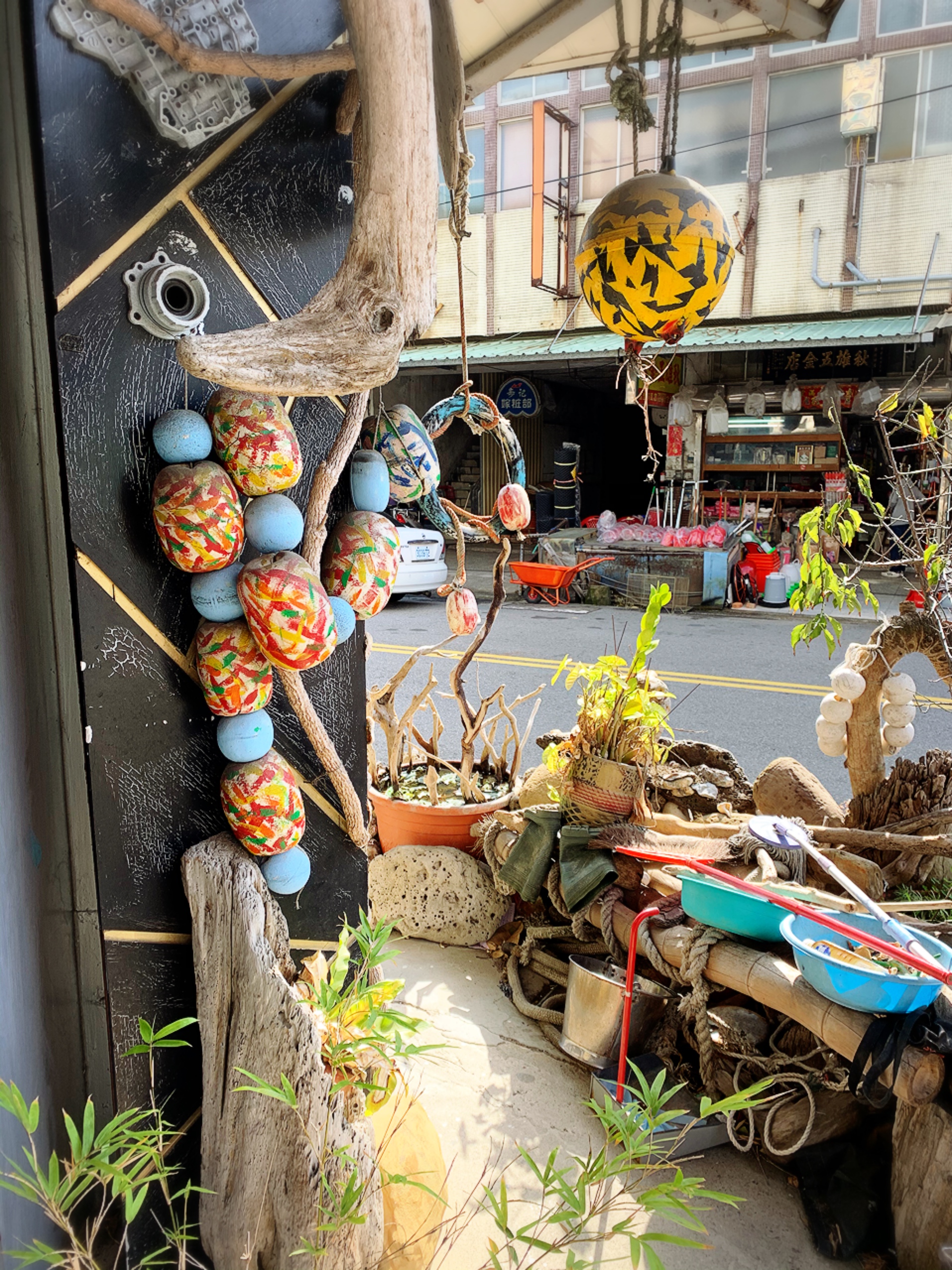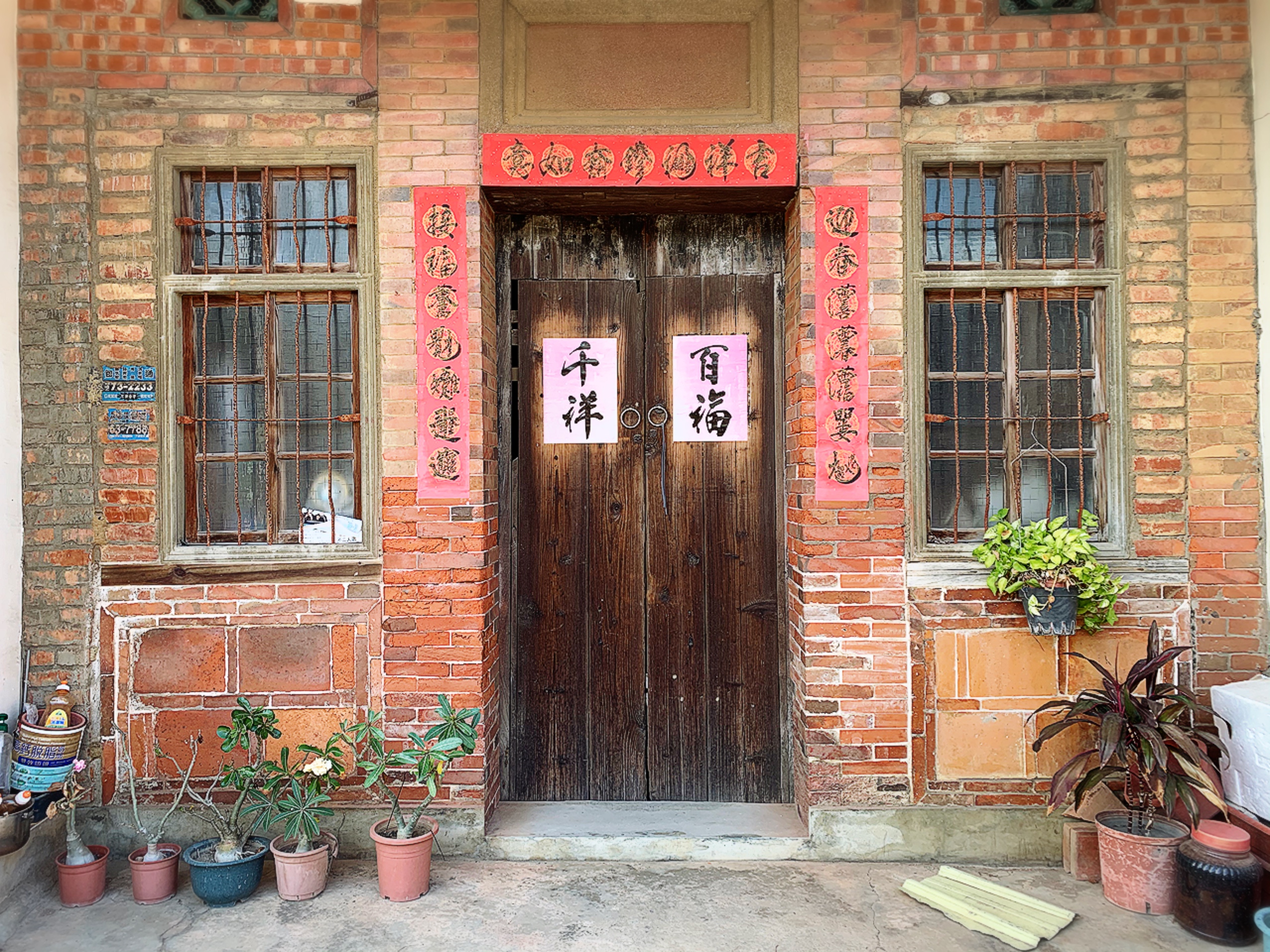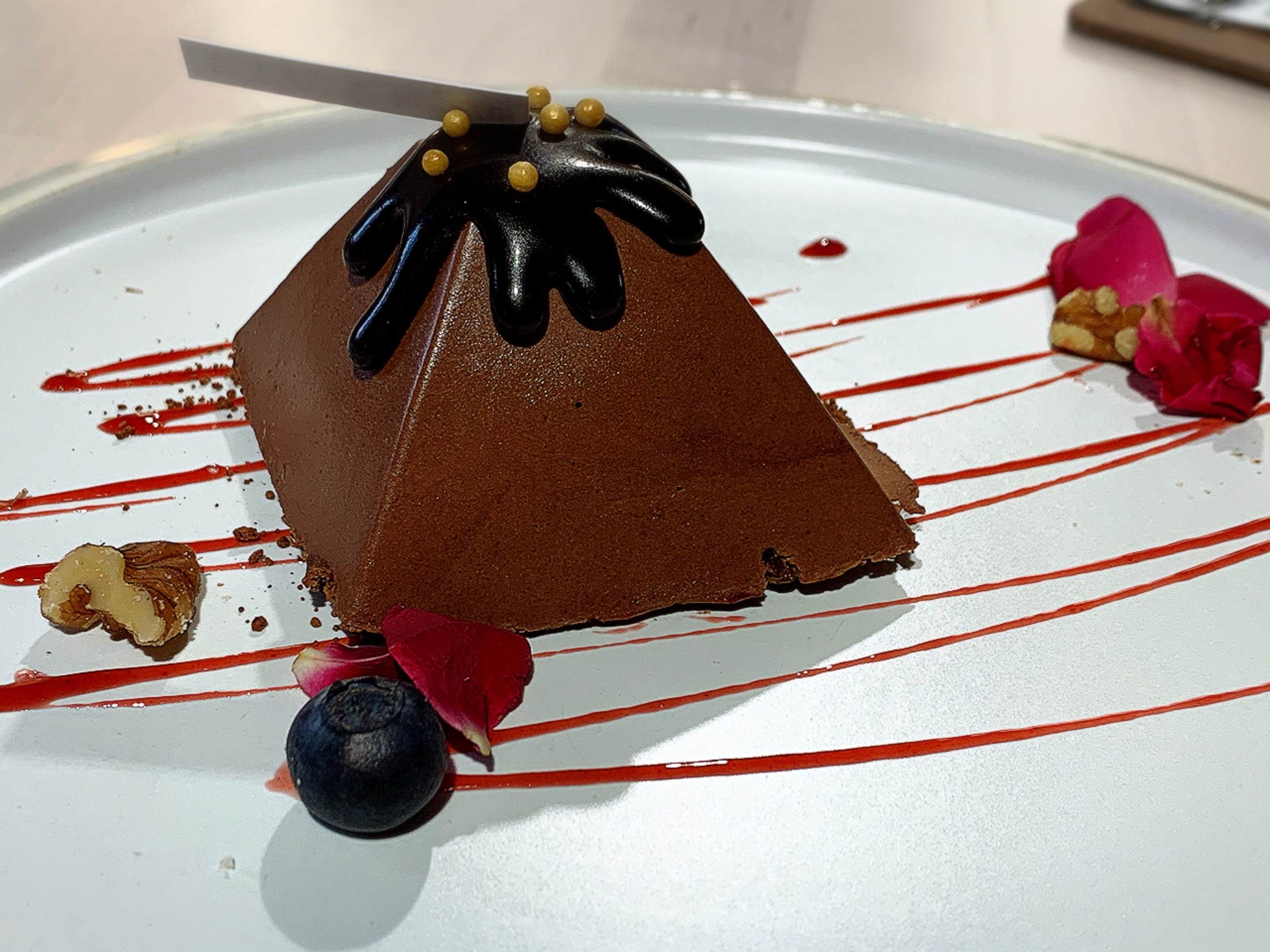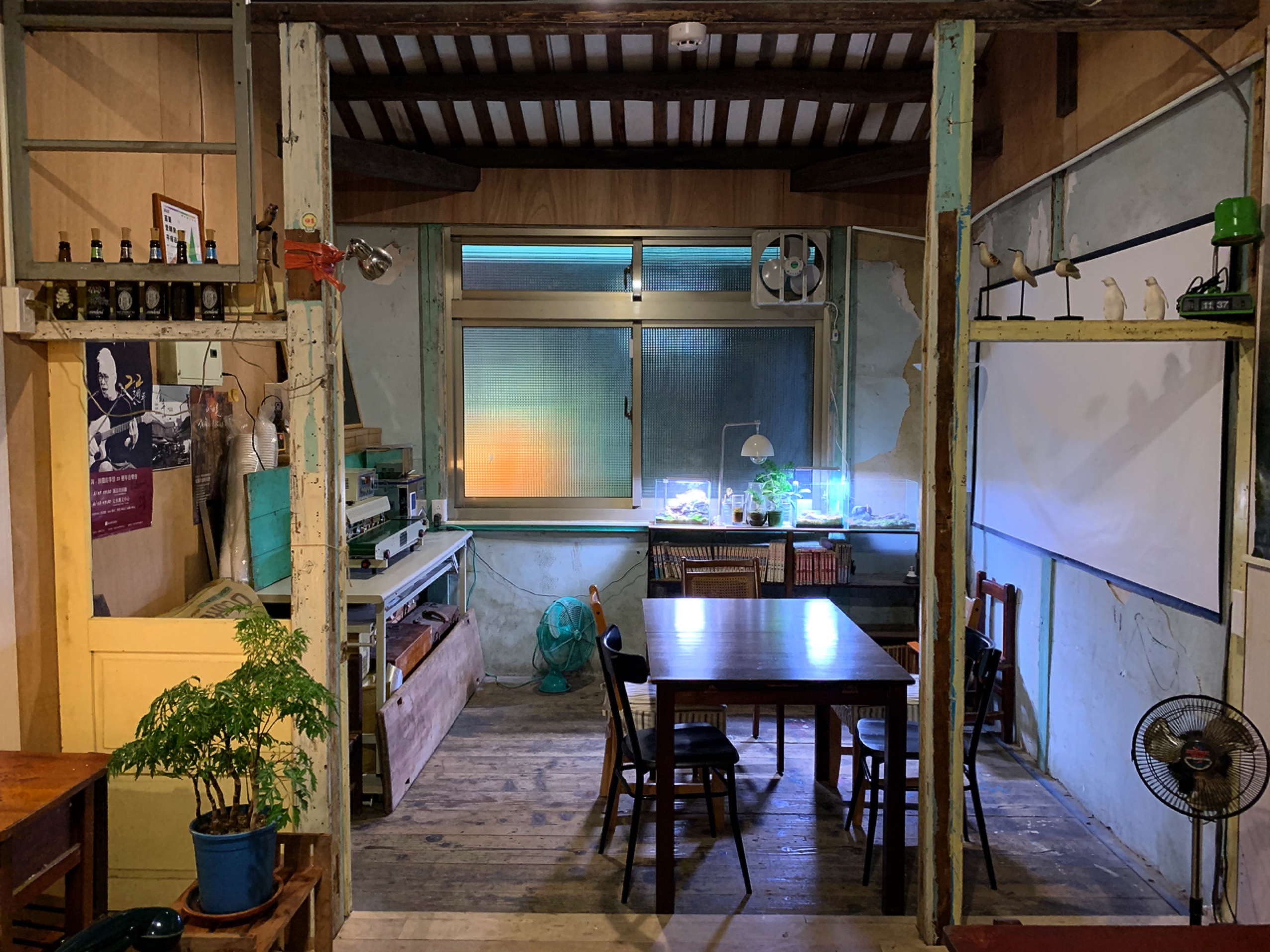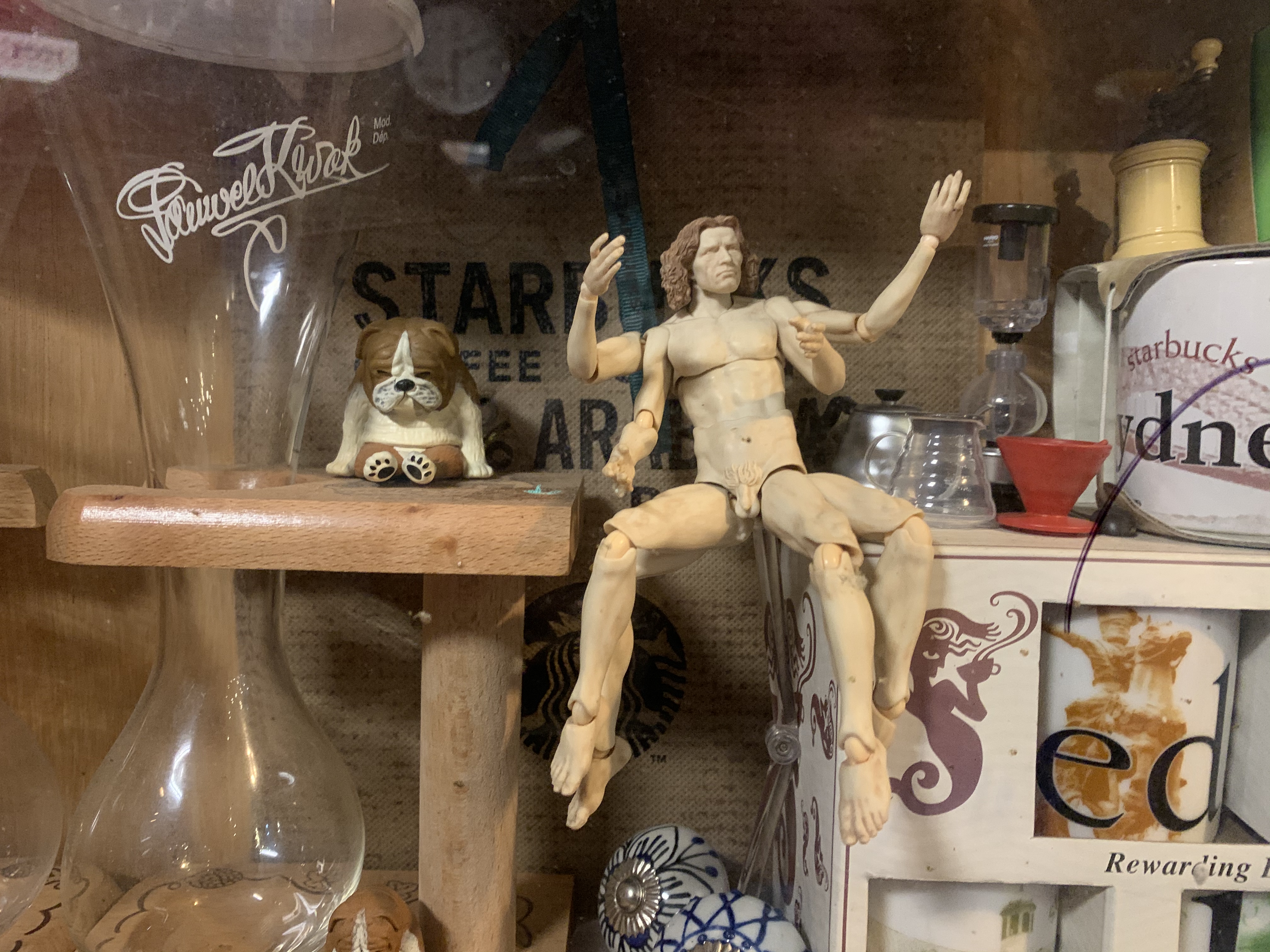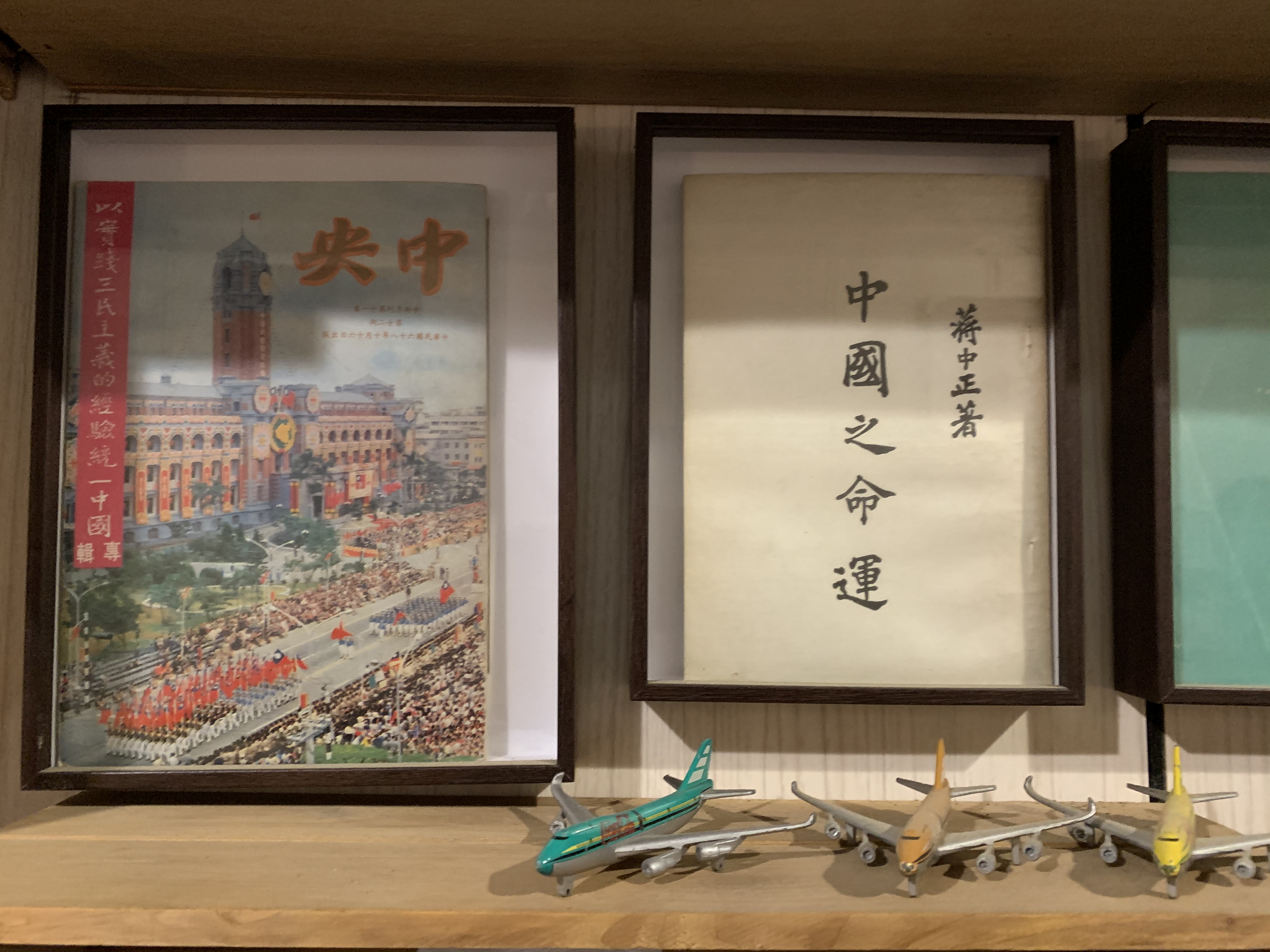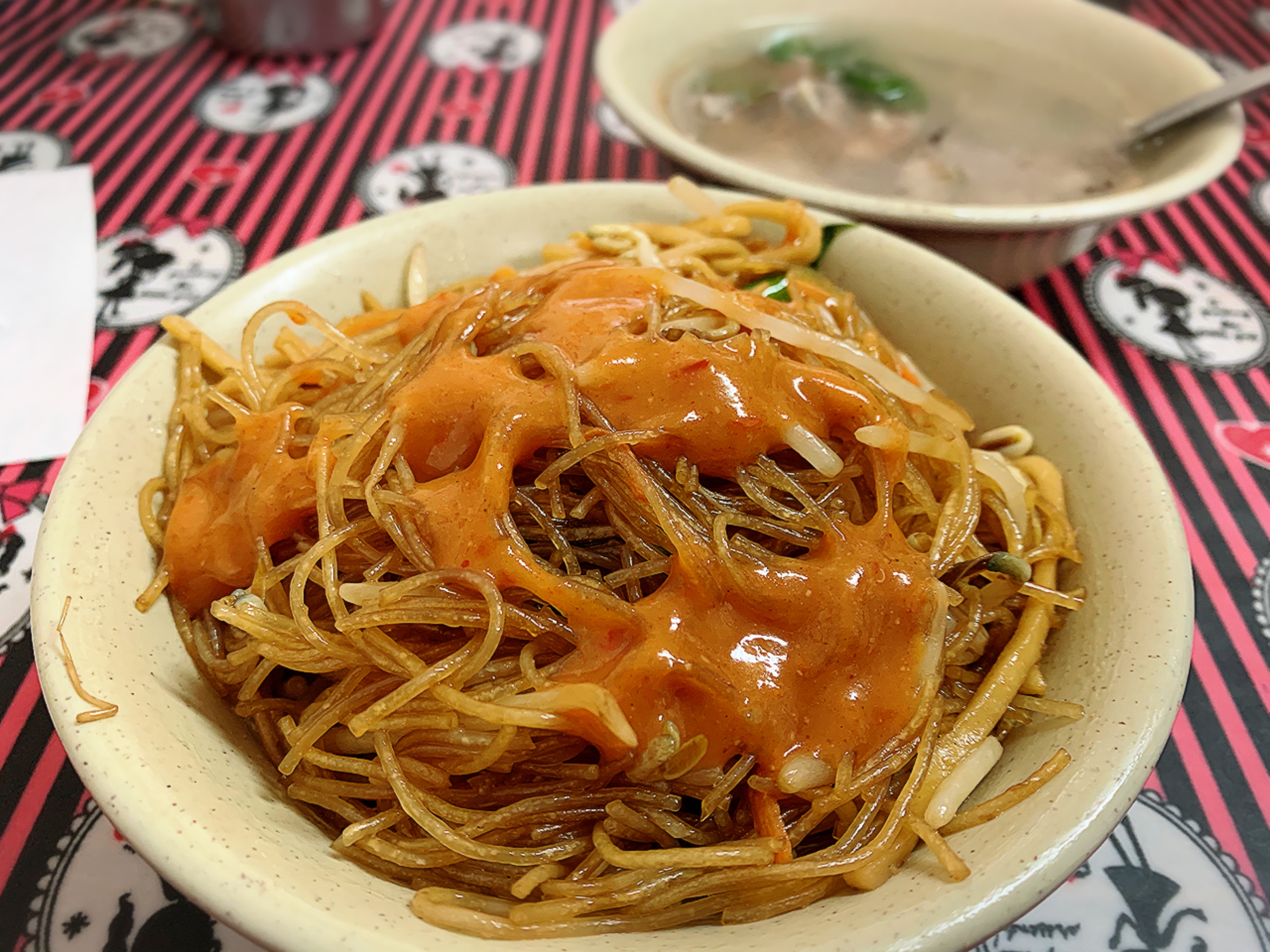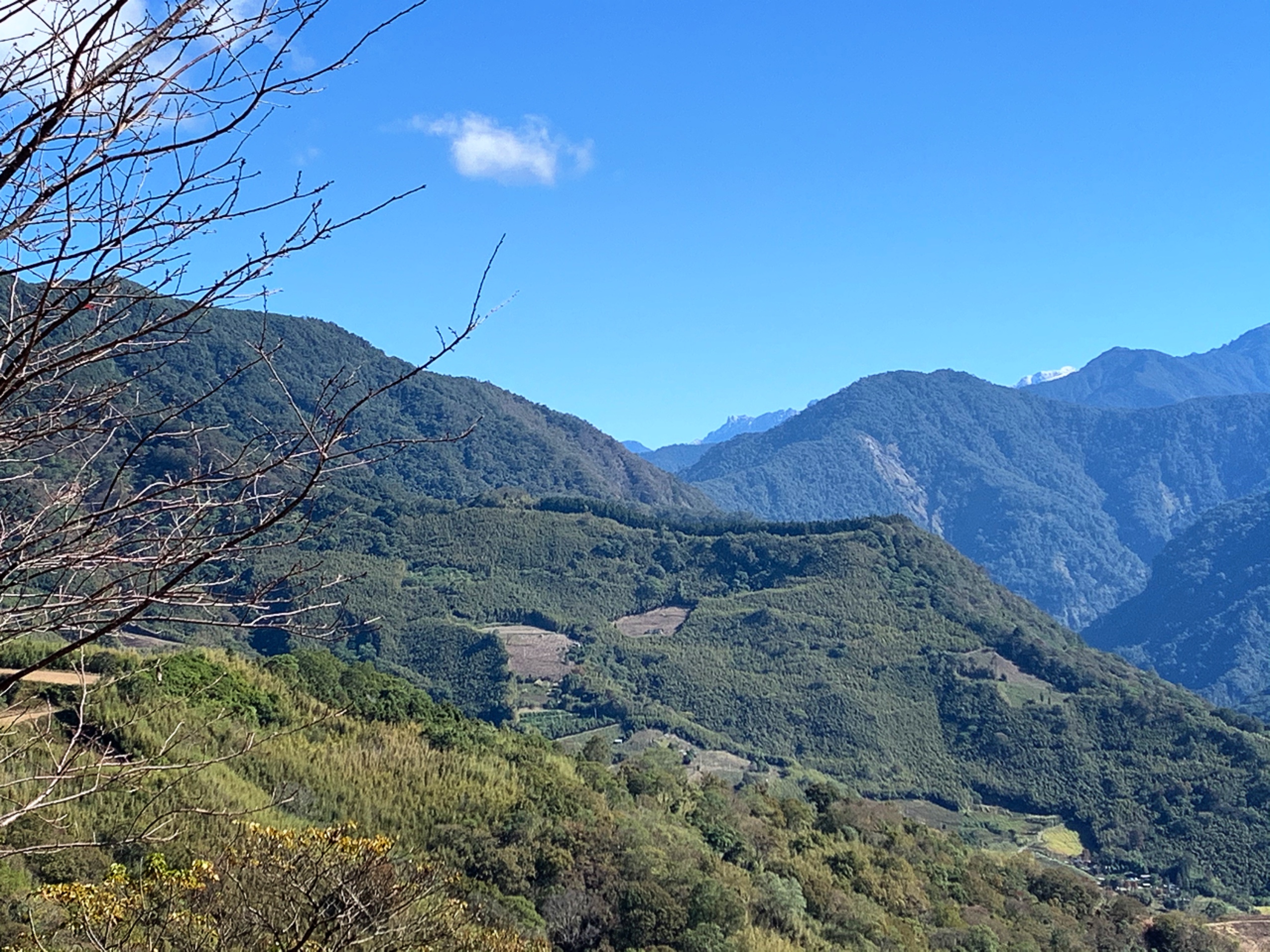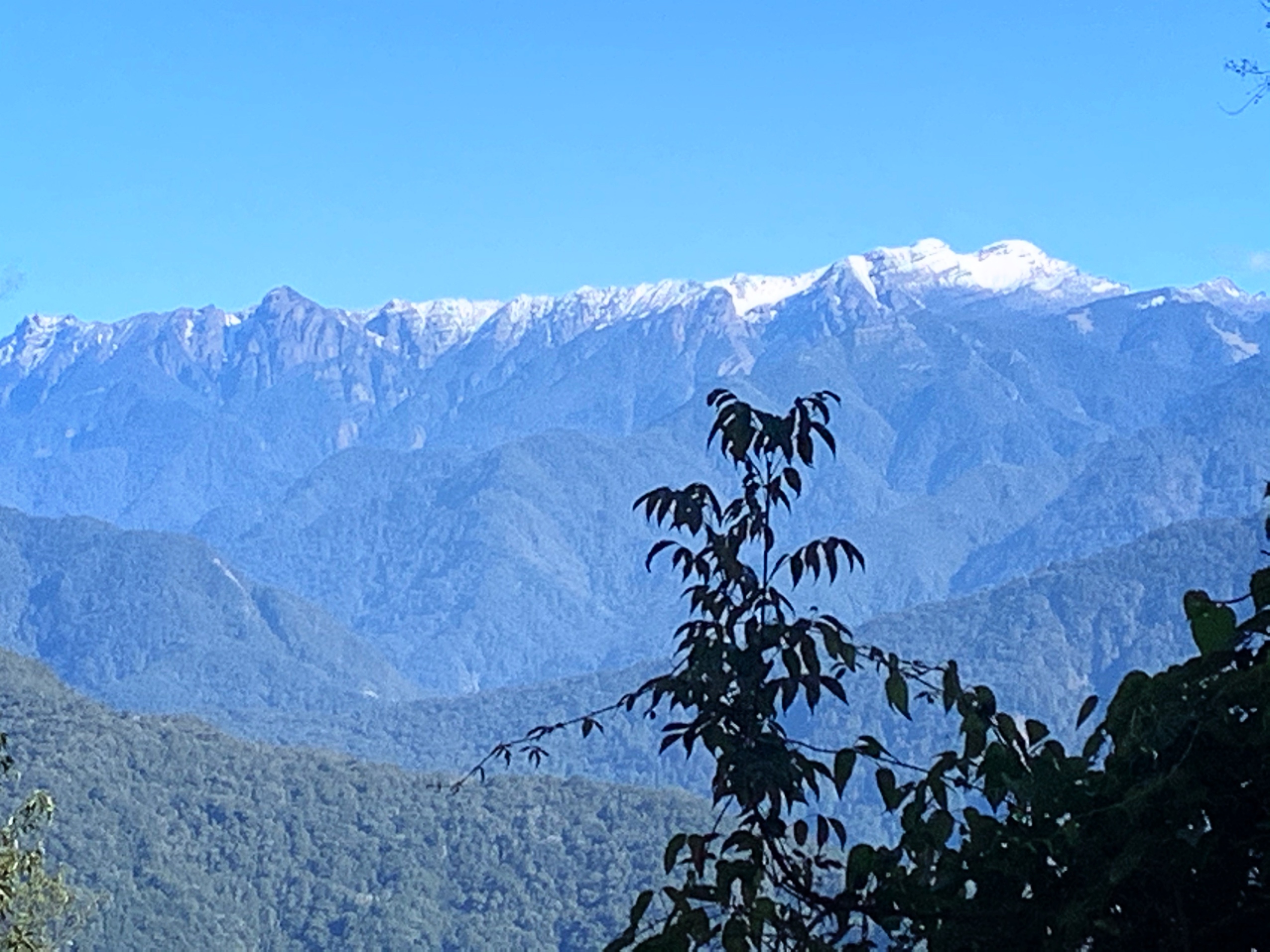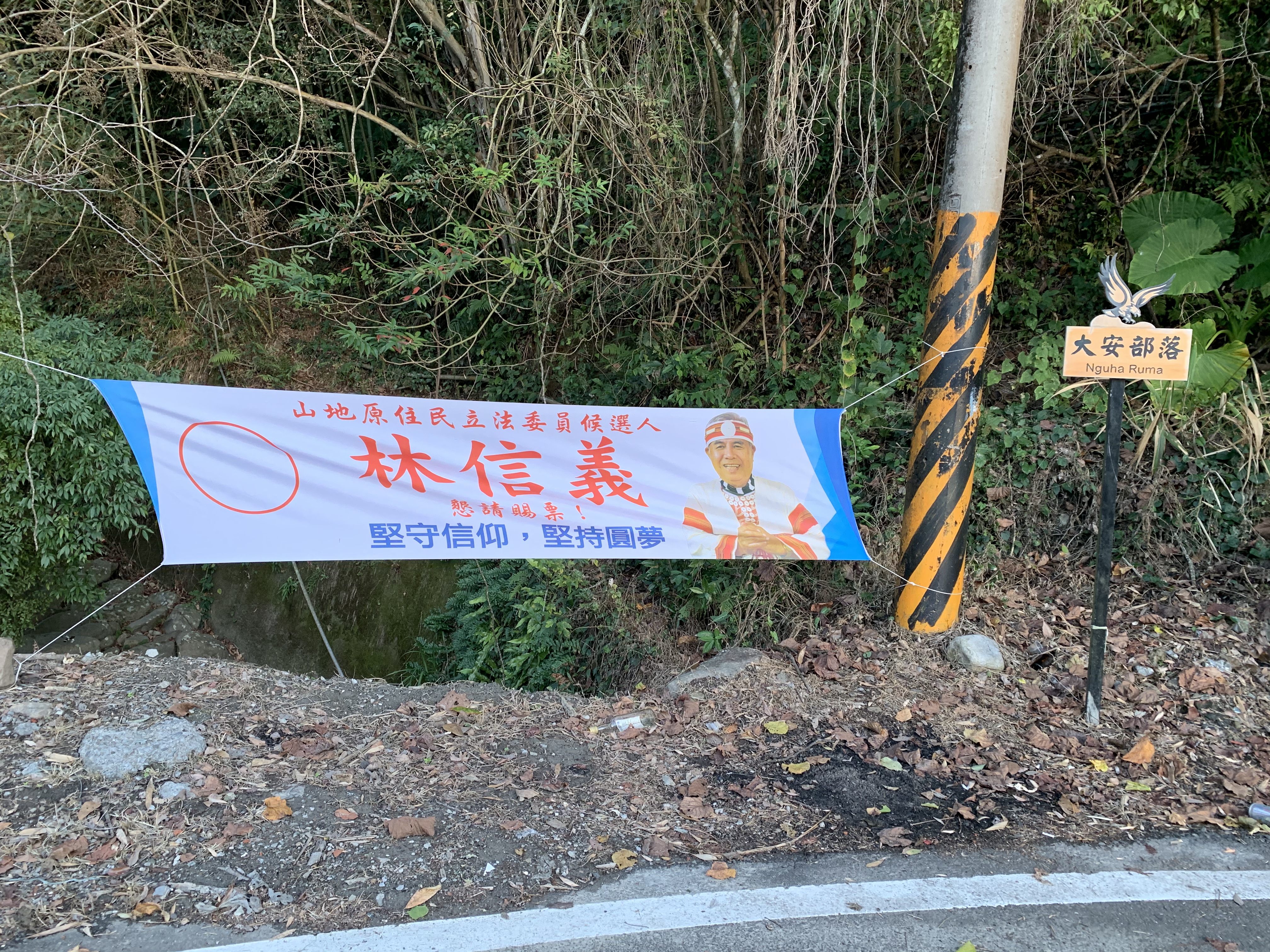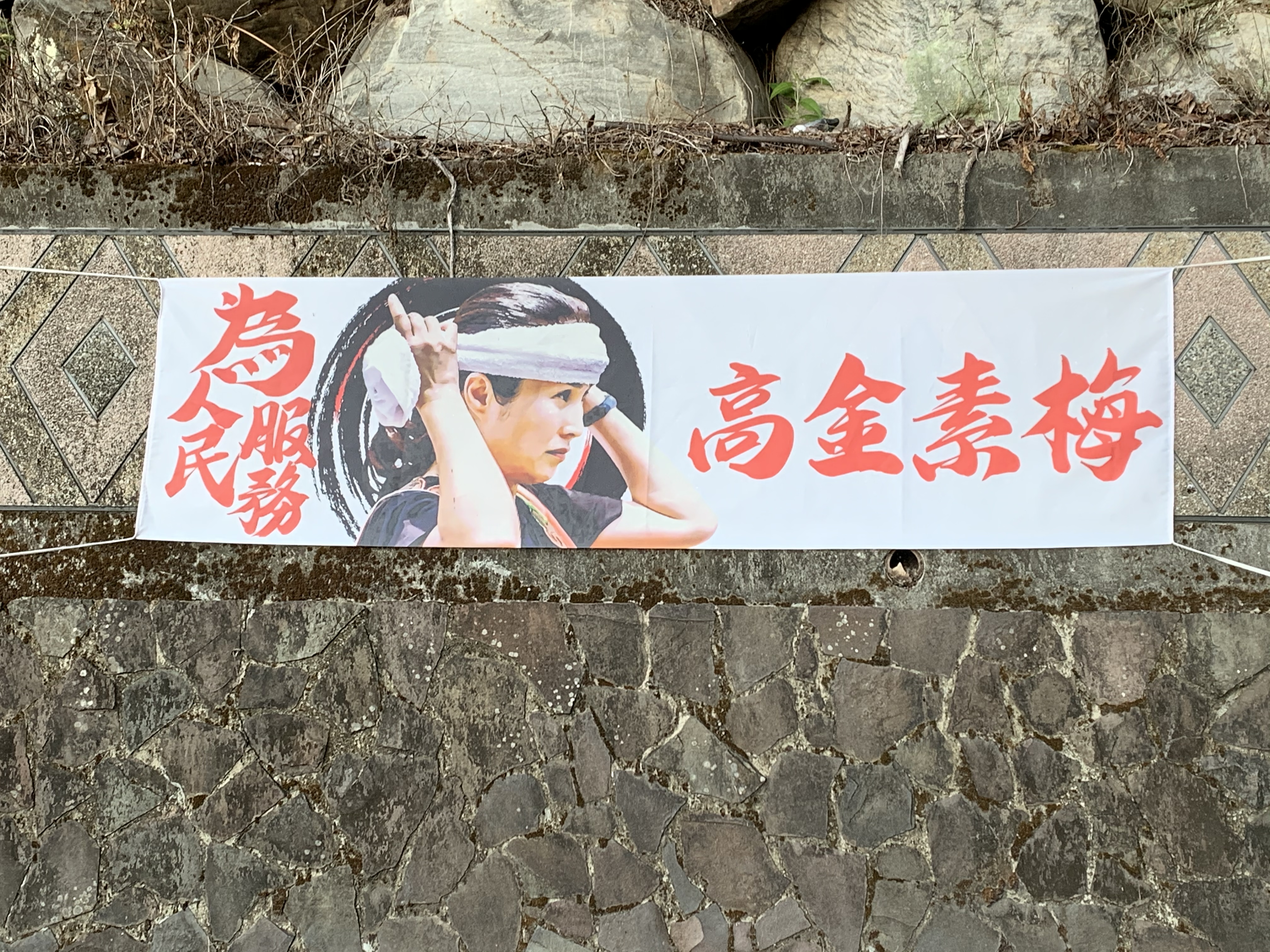
Through the years, I’ve written up accounts of my travels to different parts of Taiwan, though not every trip. But through all that, I had managed to spend 15 years in Taiwan making only the most cursory visit to Chiayi city. It’s just not a place I’d thought to spend much time. I was aware that there were things to do there, but the lack of local public transit in what is a reasonably-sized town and the attractions of places I know far better kept getting in the way.
I had an 'errand' to run, really more of an excuse to head to the city and poke around. Knowing my primary destination (the Museum of Old Taiwan Tiles) was small and would not take all day, I also picked out a few other things to do in Chiayi before meeting a friend for dinner in Taichung. I chose a weekend when I knew I’d have to be in Taichung on Sunday, so that my HSR tickets would be reimbursed.
The Chiayi Koji Pottery Museum appears to be permanently closed — a shame, as I had been able to enjoy such an excellent exhibit on it only a few weeks previously in Xuejia. However, I put the City God Temple, the Japanese-era prison, a Japanese residential area (now the “Hinoki Village”) and the Kagi Shinto shrine (now a cultural center, but the building is still intact) on my list. The train station is also worth a quick moment to admire.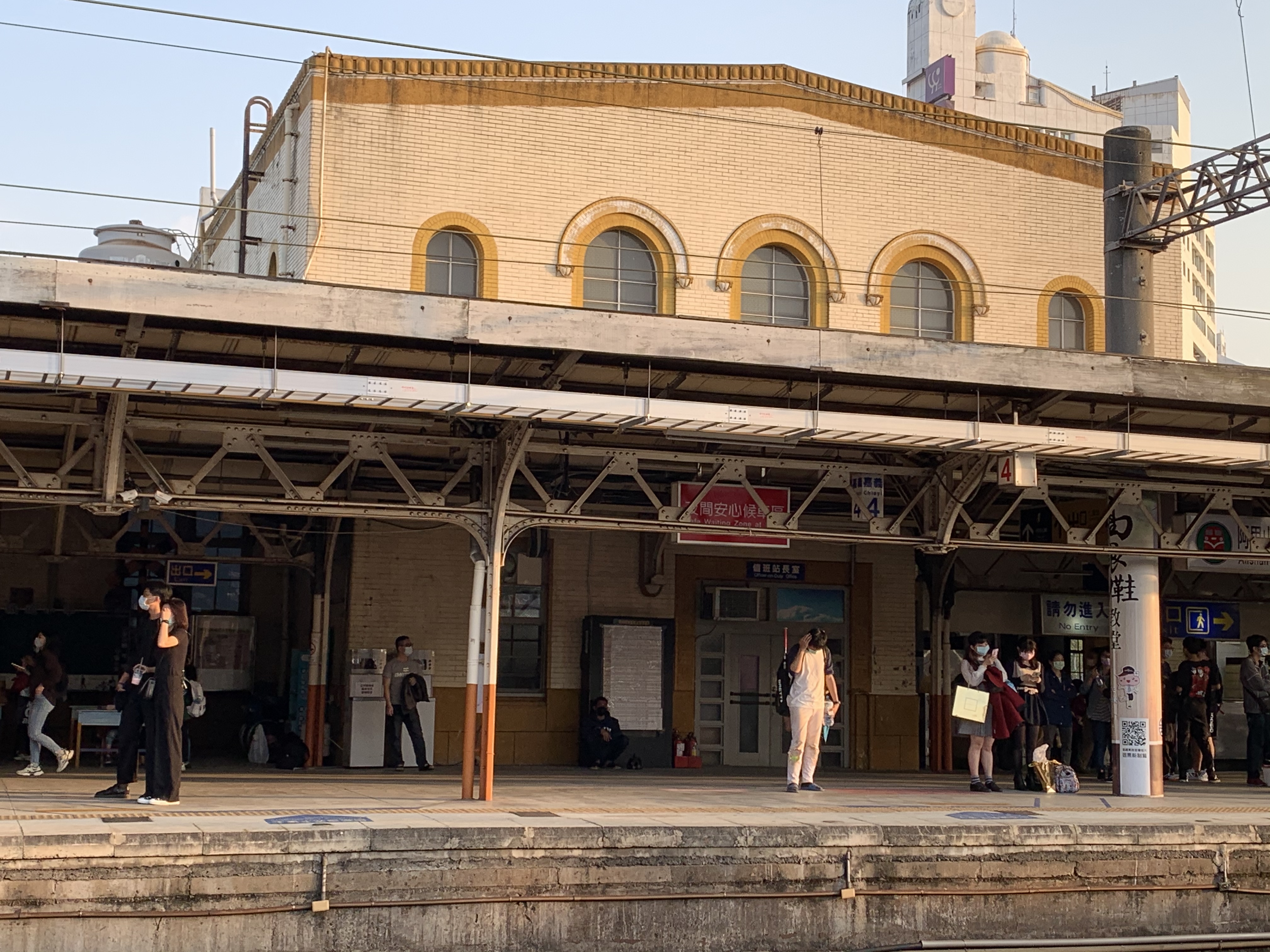
In addition to the museum, I only made it to the City God Temple and the shrine; there just wasn't time for the prison and old residences, but it was a day well-spent and I now have reasons to return!
I took the overcrowded but free bus from the HSR station, which is inconveniently far from town. Dropping my overnight bag in a locker at the train station as the regular left luggage counter was closed for lunch, I headed off. The museum is a short but somewhat unattractive walk from the train station.
I didn't head that way, but I want to point out that near the train station, just behind the tracks, is a neighborhood called Fanzigou 番子溝 which translates literally to "Savage Ditch" -- I bet there's not much to see there now, but I suspect that's where the border ditch would have been between Indigenous and Han territory, perhaps not that long ago.
The Museum of Old Taiwan Tiles 臺灣花磚博物館
Recently, I’ve come to really appreciate the work of the Museum of Old Taiwan Tiles, which produces its own Taiwan-made Majolica-style tiles. The originals can be found on old farmhouses and mansions across the country (there are some good examples in my last travel post, about Xuejia). The museum/company not only saves tiles from old houses being demolished, but produces both factory-manufactured and hand-made tiles, as well as a variety of products using the tiles or their patterns. Although there are branch shops in both Taipei and Tainan, I resolved to visit the museum’s main location in Chiayi.
I had a mission, too: I knew that they sold bathroom mirrors with tile borders, and I wanted one if I could get it in a custom size, to fit my space specifically. The Taipei store in Ximen’s Red House market assured me that the manager, Ms. Liou, would be able to help me with a custom order.
I had Ms. Liou's Line, but figured that this would be a good excuse to check out the museum itself. Although she isn’t the founder (that would be James Hsu), she seemed involved enough that if I popped down there, she’d likely be around.
The Museum of Old Taiwan Tiles is small but very much worth a visit. Hundreds of vintage tiles are preserved in frames or in rooms furnished with vintage furniture in a lovely old building that was once a timber shop.
You can touch the vintage tiles, but not buy them (everything for sale is new, but of very high quality — some machine-made and quite affordable, and some hand-painted and far pricier), and there are a few places to sit and just enjoy your surroundings. Many locals come to take posed photos with vintage backgrounds. A few tablets discreetly placed upstairs detail aspects of tile making or the history of decorative tiles in Taiwan; one is bilingual. One can really admire the commitment to preserving the original tiles from structures that have been torn down and incorporating them into the museum, as well as making affordable, newer and made-in-Taiwan versions available for sale.
Fortunately, I did manage to meet Ms. Liou, and indeed discussing the specifications for my mirror didn’t take long as I already knew what size and tile pattern I wanted. It was an expensive purchase, but I think worthwhile to support the museum’s work. They would begin immediate work on my custom mirror, and I could expect to receive it at my door within a few weeks.
Some more photos:
Lunchtime!

From there, I headed up Minsheng Road towards the City God temple, stopping at Chiahe Turkey Rice 家禾火雞肉飯 for lunch. It’s not famous, but frankly almost any turkey rice place in Chiayi with decent Google reviews are going to be good.
Another option would be to head back to the train station and walk up Xirong Street 西榮街 or Zhongzheng Road 中正路, stopping to admire the architecture of the Chiayi Pharmacy 嘉義藥局 on the way. I don't know the history of this place, but the Art Deco design is lovely. Then eat at the well-known Yanjing Turkey Rice 眼鏡火雞肉飯 (not sure why it's called Glasses Turkey Rice) before heading across town. I've been that way before, and it's a pleasant walk through atmospheric streets.
From my direction, I turned on Zhongshan Road towards the center of town. The traffic circle features a golden statue of a baseball player, a tribute to Chiayi’s place in Taiwanese baseball history. There are a few 'circles' on the map near here which also hide some interesting lanes and alleys; just have a nice wander around.
I did quickly come to appreciate Chiayi’s compactness on this walk. If you don’t drive in cities (and I try very hard not to), in a place like this you basically have to go on foot. Fortunately, you can make it from one end of town (the train station) to the other (the Shinto shrine at Chiayi park) in about 45 minutes of determined walking, with only one hill.
Chiayi City God Temple 嘉義城隍廟
The City God temple is indeed quite beautiful, and situated easily in the most interesting part of town. This neighborhood is worth wandering around in; around the temple and the circle, there are several markets, market streets and streets full of stores specializing in various wares. Not surprisingly, between the circle and the temple is a long street full of shops that sell temple items — tall god heads, incense burners, palanquins, embroidery and more. There is some priceless Koji ceramic work in temple itself, but it’s hard to see as it’s well above human height and behind protective glass. It’s an atmospheric place to spend a few minutes, however, and as with most temples, there are several benches where you can sit and take a rest.

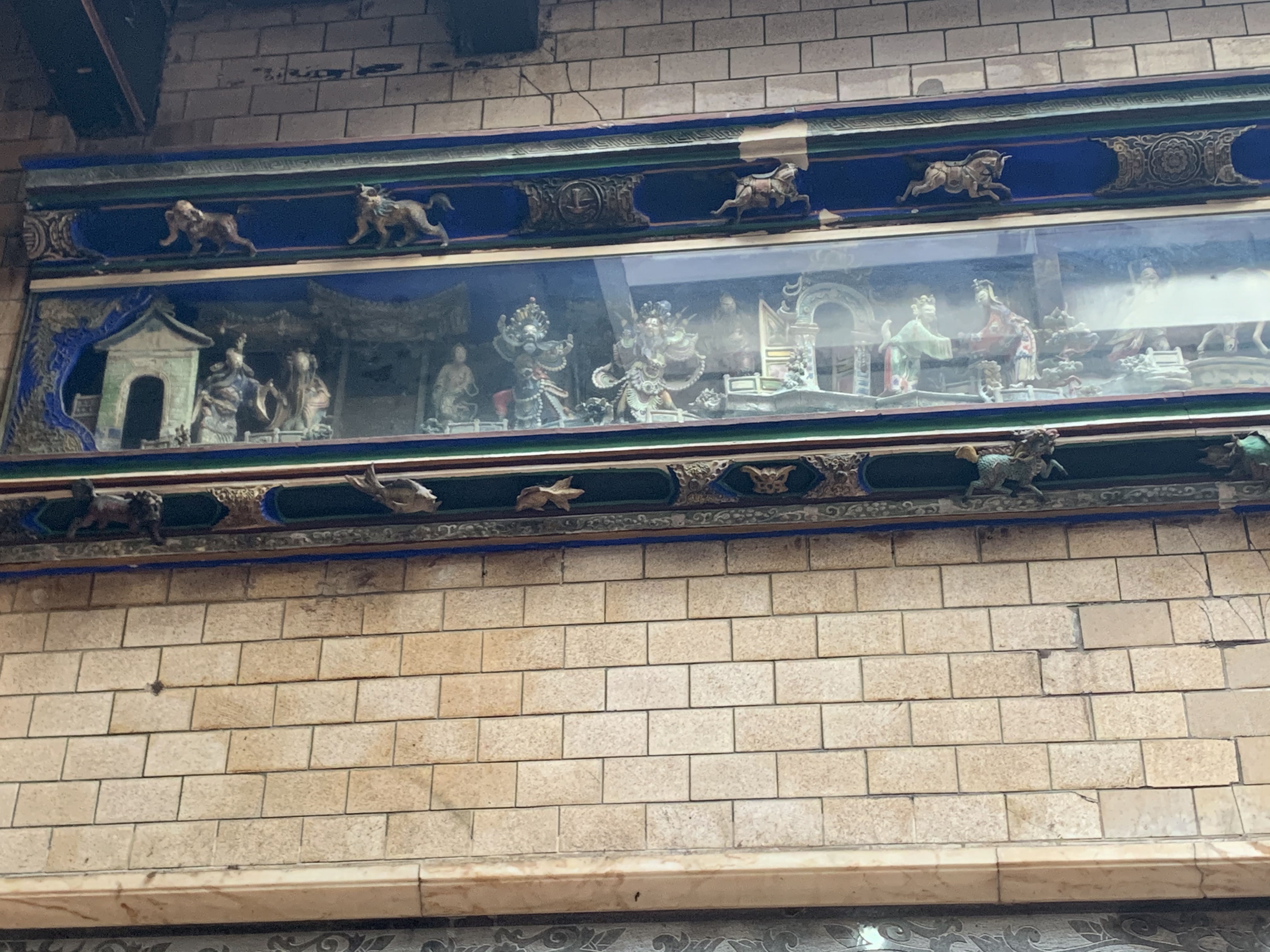
This temple dates from the early 18th century, and is among the most well-known in the area. It was renovated in the Japanese and ROC eras. The aforementioned pottery sculptures of the glaze and type made by Ye Wang 葉王 as well as those from another glazing method, from a different master (Hong Kunfu 洪坤福). If I'm reading the history right -- and I might not be -- the two sculptors' whose work features there (Lin Tianmu 林添木 and Chen Chuanyou 陳專友) -- were respectively the grandson and apprentice of these two great artists.
The temple is one of the few remaining ones where a ritual "atonement for sins" ceremony takes place (with participants wearing symbolic paper "cangues" rather than actual wooden stocks).
Backstreets and under-appreciated architecture
I recommend first enjoying a wander around the backstreets in this neighborhood, then eventually taking the road that runs along the side of the temple on the left (if you are facing the temple entrance) and staying straight on it. This road will take you directly past the baseball stadium to Chiayi Park.
An under-appreciated aspect of Taiwan's architectural heritage are its more decorative mid-century houses. You will pass many fine examples on this road; take your time and enjoy them.
Then, hoof it up the poorly-shaded hill past the stadium -- there is a Donutes cafe that is fancier than it has any right to be if you need a pick-me-up, and a few benches on the way up.
Chiayi Park and Relic Shrine 嘉義市史蹟資料館

Soon enough, however, you'll find yourself at Chiayi Park, which overlooks much of the city. The park itself is attractive, and in addition to the former Kagi Shrine, a Japanese Shinto Shrine built in 1915 and renovated in the 1940s. The main hall was turned into a Martyrs' Shrine by the ROC and later destroyed, however the arch remains. The temple office and water purification hall remain and are open to the public as a museum space and historic site.
Nothing here is in English, and I'm self-conscious about my slow Mandarin reading, so I tend not to read museum signage. However, it was worth a look around. It also houses a cafe and small shop stocked with locally-made souvenirs.

The cool breezes rustling through the trees at the park and golden late afternoon sunlight on Japanese-era relics gave the whole area a feeling of being lost in time, despite it being somewhat crowded. This is a good place to take a rest after a long and likely sweaty walk.
The park also houses the Sun Shooting Tower (the design was inspired by an Indigenous myth, though I have to say I don't find it particularly attractive), the Chiayi Confucius Temple and other things to see; a walk around is worthwhile. I was tired, however, and chose instead to drink iced tea the Chinese-style pagoda nearby, admiring the Japanese architecture from afar.

Had I been planning on dinner in Chiayi, I certainly would have headed to Chu-ju Teahouse 竹居茶樓. I have no idea if the buildings are truly old or not, but it looks stunning. If I hadn't gone alone that is -- it's set up for groups more than individual diners. But I had plans in Taichung that evening, so I called a cab from Chiayi Park, picked up my bag at the train station and grabbed the next available train north.
Over the next week, Ms. Liou and I discussed the size, layout and borders of my custom mirror through Line. Soon after that, there was a knock at my door back in Taipei: my very expensive mirror had arrived just before Christmas! It would be New Year's before we could get it hung, but once we did, it tied the whole bathroom together, including the painfully-oudated orange and green tiles that were original to the mid-80s construction of our building.
It was worth it to not only make my bathroom look intentionally retro instead of just old and cringey, but to support a local business and historic preservation initiative.
Because I haven't spent a lot of time in Chiayi, I'm not able to write the sorts of in-depth posts I can offer for Taipei and even Tainan. However, I enjoyed my time there. The food was delicious and unpretentious, the weather pleasant, the city walkable, and cabs (as well as rare city buses) exist for when the distance is just too far. It's an underrated city; I recommend checking it out for its own merits sometime rather than using it as a stopover on the way to more famous places like Alishan.









